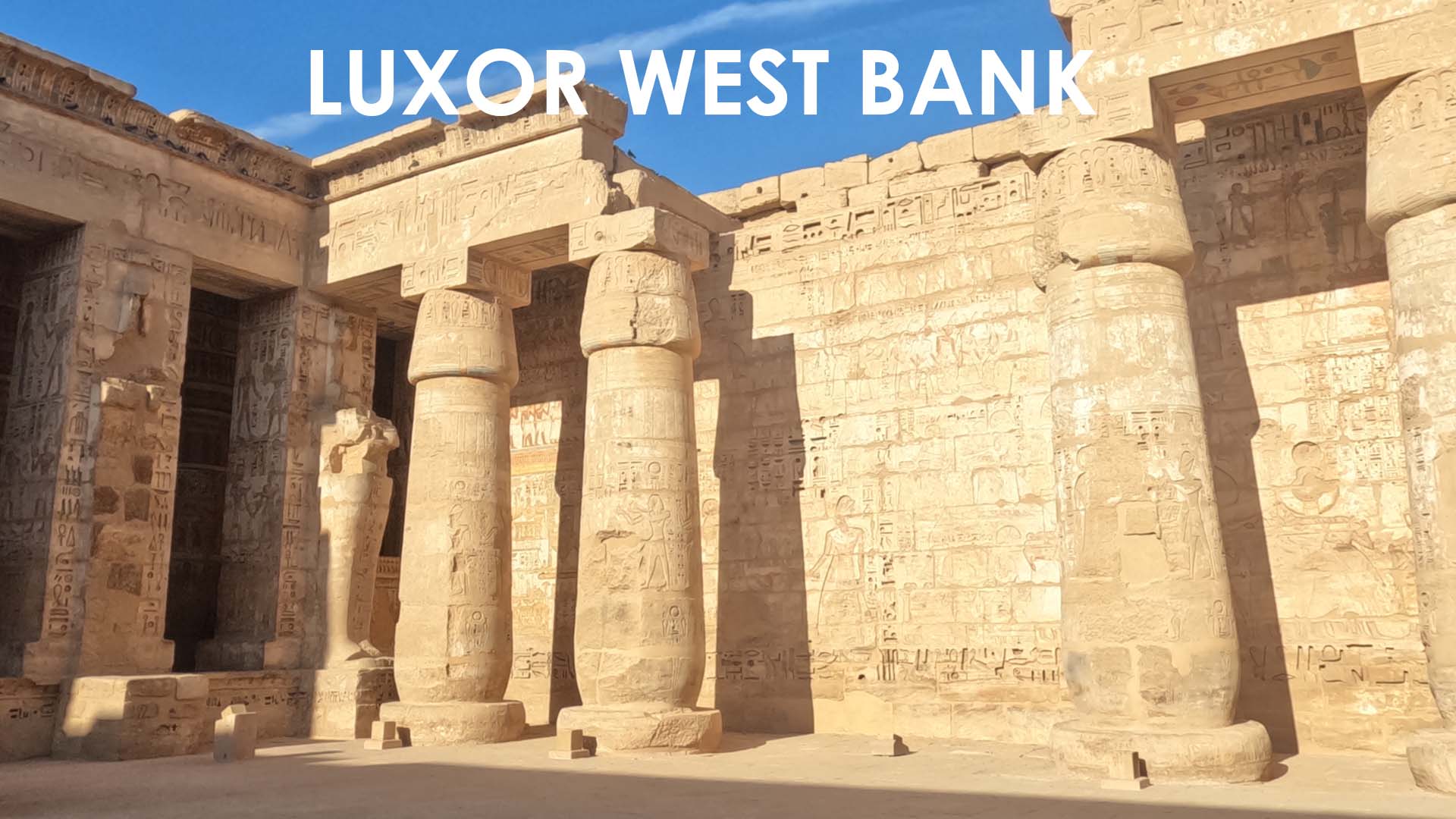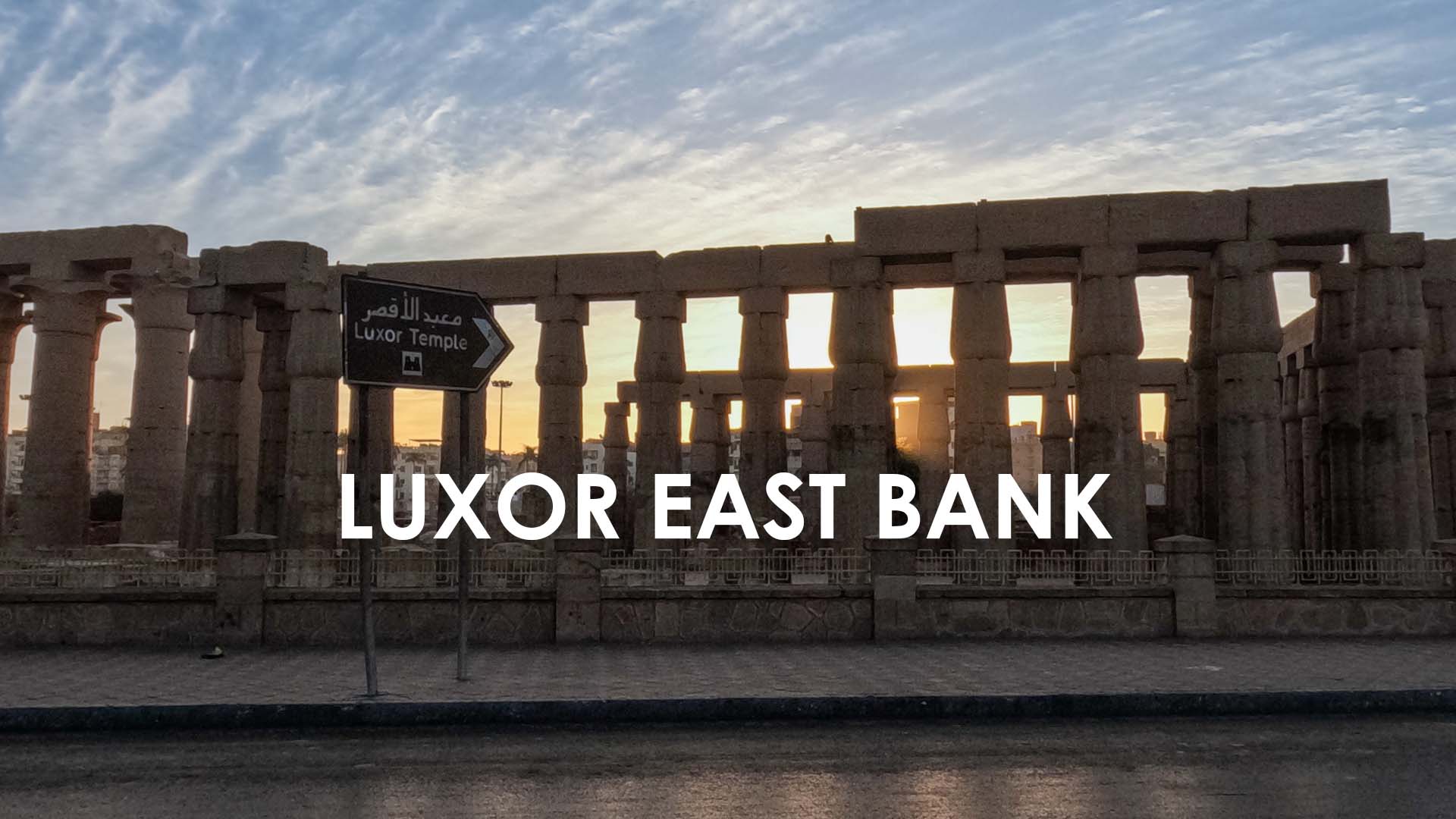
East Bank Wonders: Karnak and Beyond,EGYPT
Reaching the Nile, the undeniable lifeline of a civilization, is a profound realization of a lifelong dream. As I gaze upon this magnificent, most beautiful river, I can distinctly feel the echoes of millennia. This isn’t just water; it’s the very artery that made civilizations, shaping the destinies of pharaohs and common folk alike, and remarkably, still shapes another today. Standing here, on its ancient banks, I am overwhelmed by how palpably it tells the story of a once-barren desert transforming, by its very grace, into one of the most powerful and enduring civilizations this planet has ever witnessed.
Beyond its physical presence, the Nile was the very rhythm of life for the ancient Egyptians. Its annual, predictable inundation wasn’t just a flood; it was a divine blessing, depositing rich, fertile silt that transformed the arid landscape into a verdant agricultural paradise. This bounty wasn’t merely sustenance; it was the foundation upon which complex societies, monumental architecture, and profound spiritual beliefs were built. From the precise calculations for irrigation to the transport of massive stone blocks for the pyramids, every facet of their ingenuity was tied to this river. The Nile was their highway, their provider, their sacred connection to the cycles of death and rebirth, symbolized by its ebb and flow. It cultivated not just crops, but culture, art, and an unparalleled understanding of the cosmos. To truly stand here is to touch the very soul of a civilization, realizing that the gentle current before me once powered empires and continues to whisper tales of humanity’s remarkable journey.
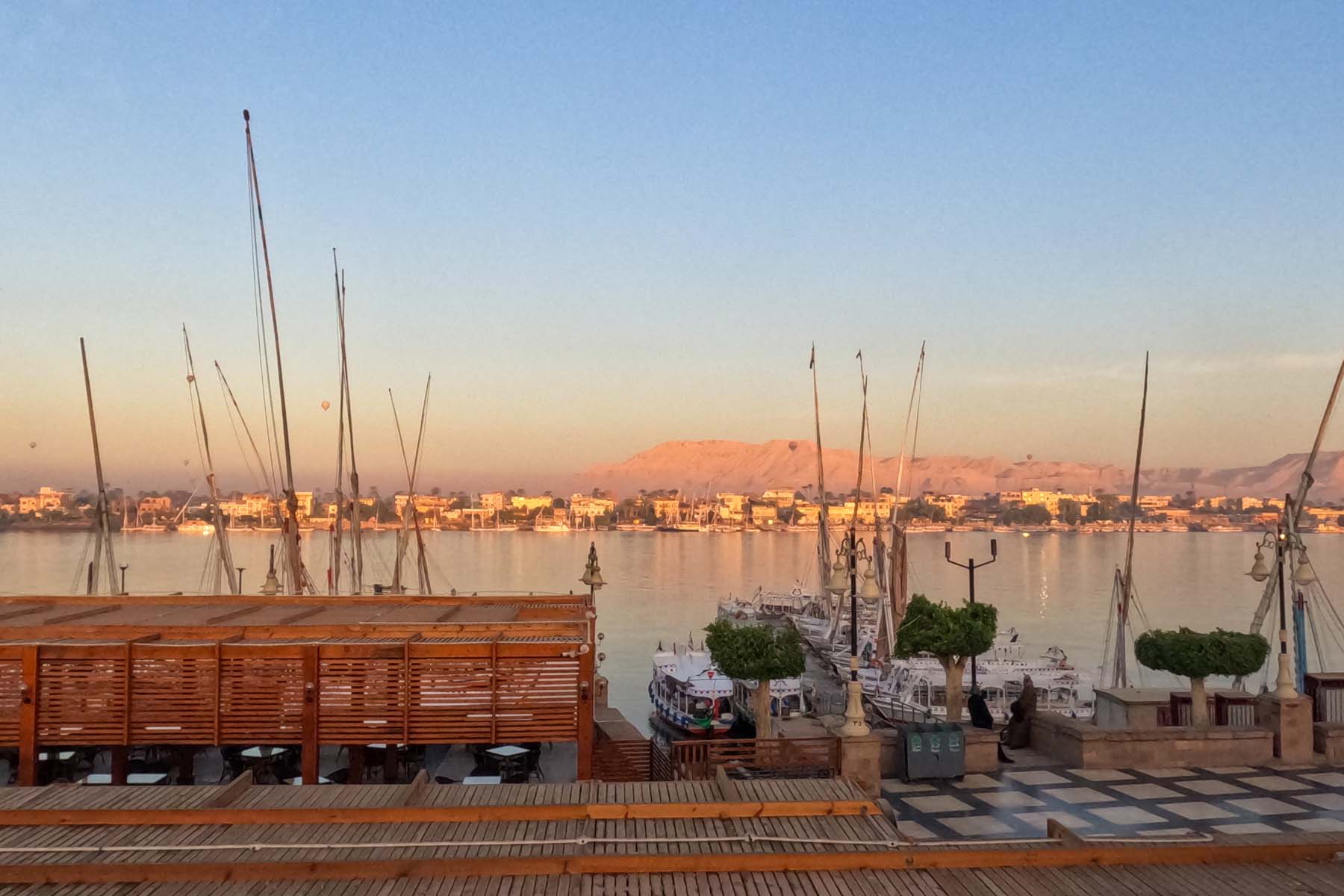
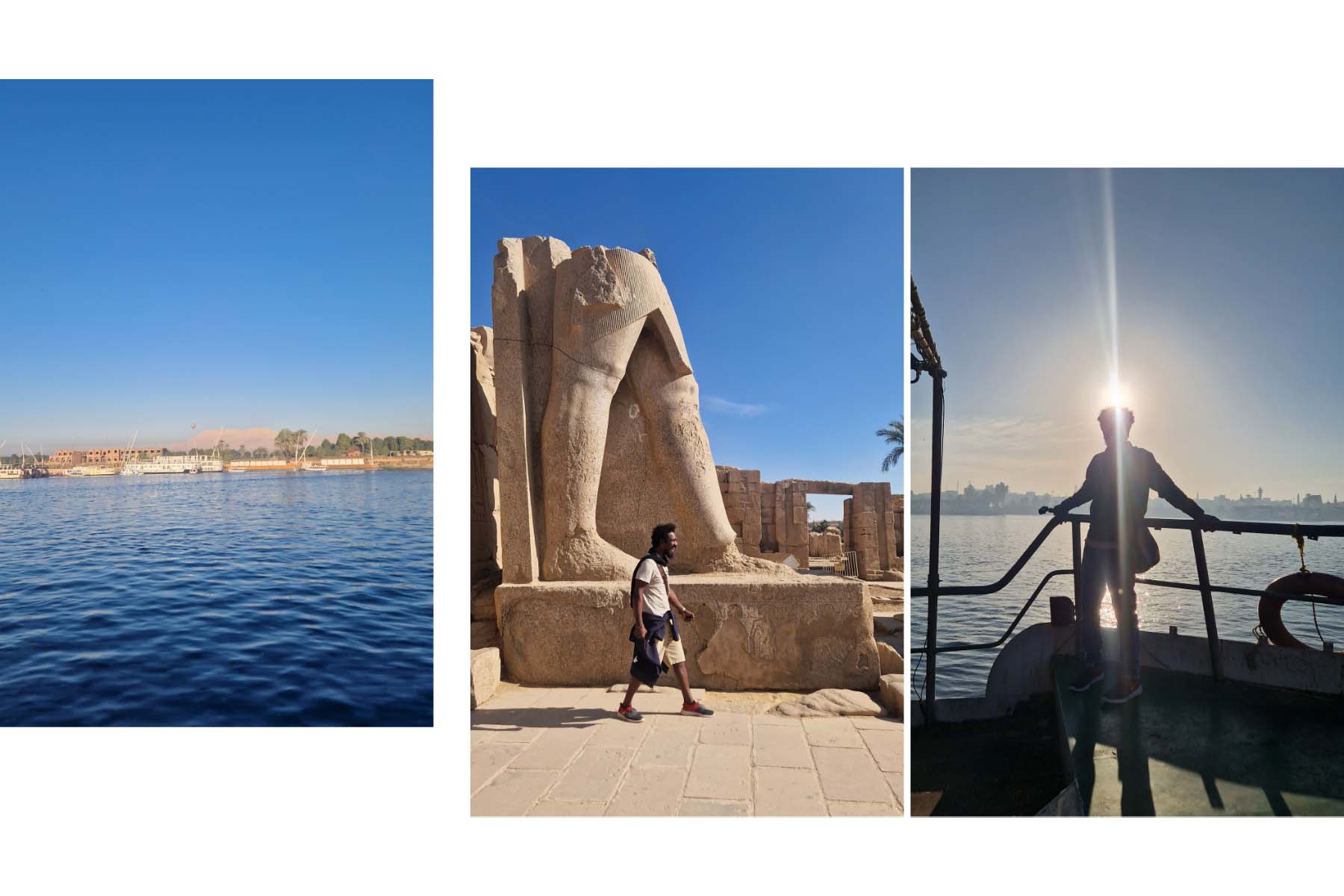
1. Luxor Temple: Where Pharaohs Met the Divine
Standing right here on the East Bank of the Nile, I’m gazing up at Luxor Temple, and it’s truly unlike anything else. It doesn’t feel like just a tomb or a simple shrine; this place feels like a stage, grand and ancient, built for the very rejuvenation of kingship itself. I can almost picture the incredible energy of the Opet Festival that once animated these grounds, where pharaohs would come to reconnect with the gods and reaffirm their divine right to rule.
It’s amazing to think this massive structure started taking shape under Amenhotep III, back around 1400 BCE, during a time when Egypt must have been overflowing with wealth and artistic brilliance. Then, centuries later, Ramses II, the builder king, just took it to another level. That colossal first pylon I’m looking at right now, with his giant statues towering over me and the detailed battle reliefs—that was all his doing. And leading up to it, stretching far into the distance, I can almost see the ancient Avenue of Sphinxes, connecting this very spot all the way to Karnak. What a procession that must have been!
Walking through, the scale is just immense. I’m passing through Ramses II‘s huge courtyard, which then opens into Amenhotep III’s Colonnade—those papyrus-bundle columns are so tall, they seem to touch the sky. Beyond that, there are more courts and the inner sanctuaries, dedicated to Amun, Mut, and Khonsu. Every wall, every column, is covered in intricate carvings and vibrant reliefs, telling stories of royal rituals and the pharaohs’ direct link to the divine. It’s like reading a history book etched in stone.
This place wasn’t just built for show; it was the heart of the Opet Festival. I can imagine the cult statues of the gods being carried in magnificent boats from Karnak, a grand reunion right here that was believed to re-energize the gods and, by extension, ensure the pharaoh’s power and Egypt’s prosperity.
What’s really striking is how many layers of history are visible here. It’s not just ancient Egyptian; I can see Roman frescoes, even parts of a Roman fortress, and then, nestled right within the ancient ruins, there’s the Mosque of Abu el-Haggag, still active today. It truly shows how sacred this site has remained through so many different eras. Standing here, I’m not just looking at old stones; I’m touching the soul of continuous human history, where the whispers of pharaohs and the prayers of worshippers from different times all blend into one.
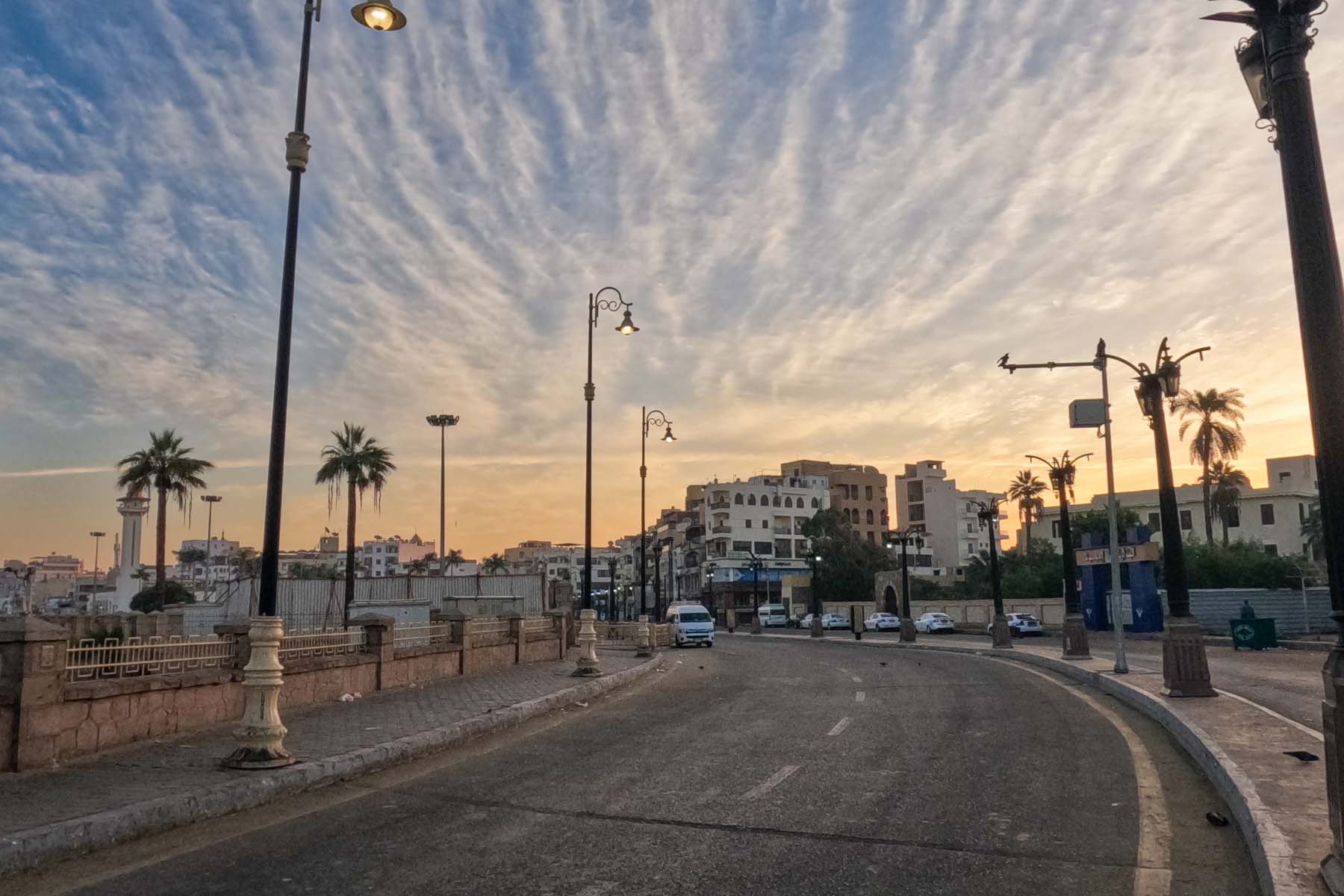
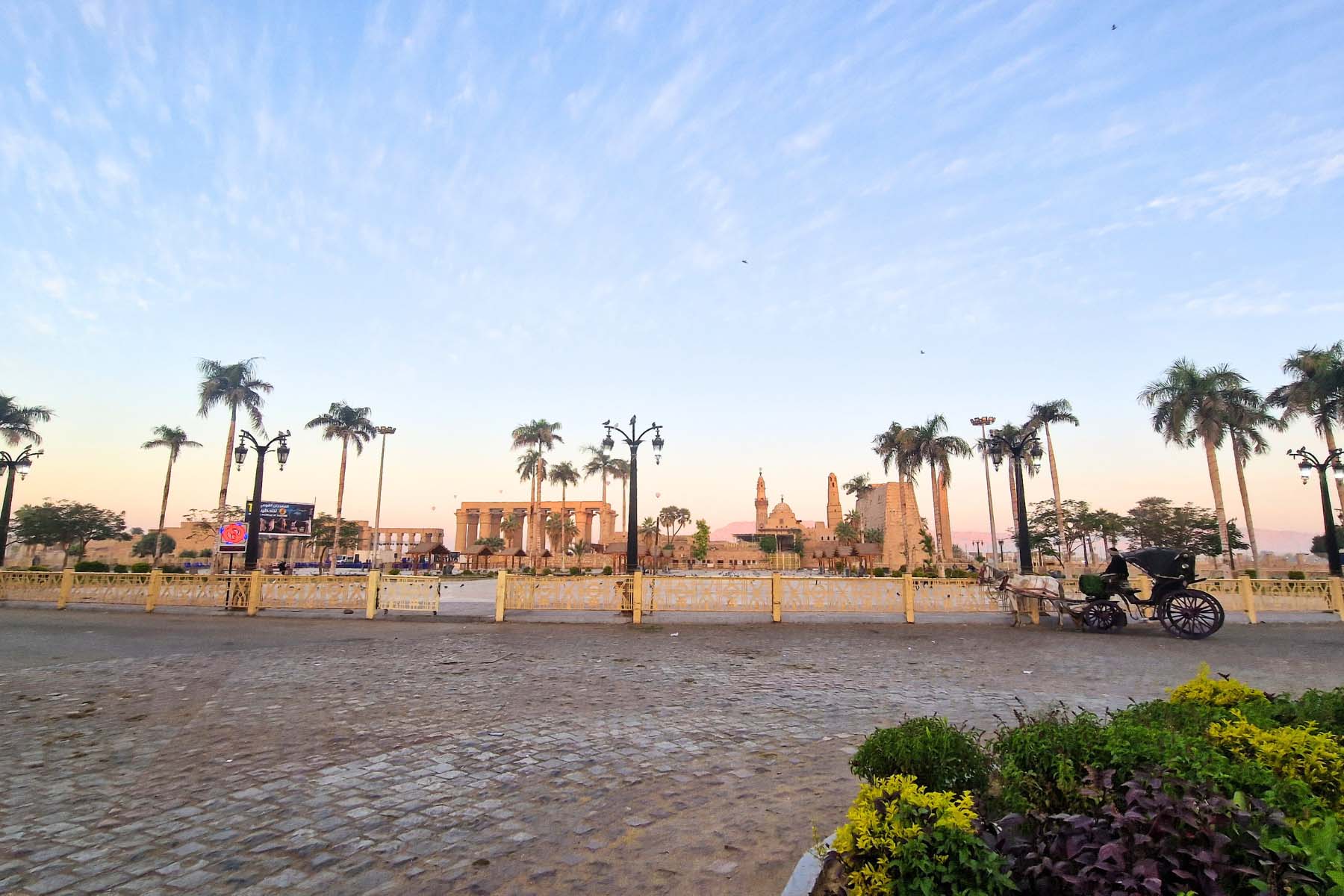
2. Karnak Temple: An Ancient City for the Gods
Stepping into the Karnak Temple Complex is less like visiting a single temple and more like entering an entire ancient city built for the gods. It is absolutely enormous, a sprawling labyrinth of courts, chapels, and halls that unfolds before me, each layer telling a story carved over two millennia by countless pharaohs. The sheer scale is overwhelming, a testament to the enduring power and ambition of ancient Egypt.
The first thing that demands attention are the colossal pylons, towering gateways that punctuate the complex. They’re like mountains of stone, each one a canvas for massive relief carvings. I can see scenes of pharaohs smiting their enemies, grand processions, and colossal figures offering to the gods. The scale of these carvings is just as immense as the structures themselves, designed to convey the absolute power and divine favor of the rulers who commissioned them. It’s a powerful visual propaganda, even after thousands of years.
As I move deeper, I enter the Great Hypostyle Hall, and it’s truly one of the most astonishing spaces I’ve ever encountered. It’s like stepping into a dense, silent forest of stone. One hundred and thirty-four massive columns rise up around me, their sheer number creating an almost dizzying effect. Some of the central columns are truly gigantic, much taller than the others, their capitals shaped like open papyrus blossoms reaching towards the sky. The light filters down through the ancient clerestory, creating shafts of dusty sunlight that illuminate patches of incredibly preserved color high on the columns and ceiling – blues, reds, and golds that hint at the vibrant world this hall once was.
The stone carvings here are simply amazing. Every single inch of these towering pillars is covered in a tapestry of hieroglyphs and detailed reliefs. As I walk among them, I trace the outlines of figures and symbols, piecing together the stories they tell. I see pharaohs, their faces sometimes still retaining their original expressions, kneeling before various deities, offering sacrifices, receiving blessings, and participating in sacred rituals. There are depictions of battles, of grand festivals, and of daily life in the service of the gods. Each column is a vertical scroll, a page in a massive book of history and mythology. It’s not just art; it’s a profound record of their beliefs, their politics, and their triumphs.
The long halls stretch out before me, leading from one court to another, each transition offering a new perspective, a new story. I can feel the weight of history in the air, the collective efforts of generations of builders, sculptors, and priests who dedicated their lives to this sacred city. Beyond the Hypostyle Hall, I find more chapels, smaller sanctuaries, and even a vast sacred lake, once used for purification rituals. The entire complex feels like a living, breathing entity, a place where the veil between the mortal and divine was thin. It truly is an amazing testament to an ancient civilization’s devotion, power, and enduring artistic genius.
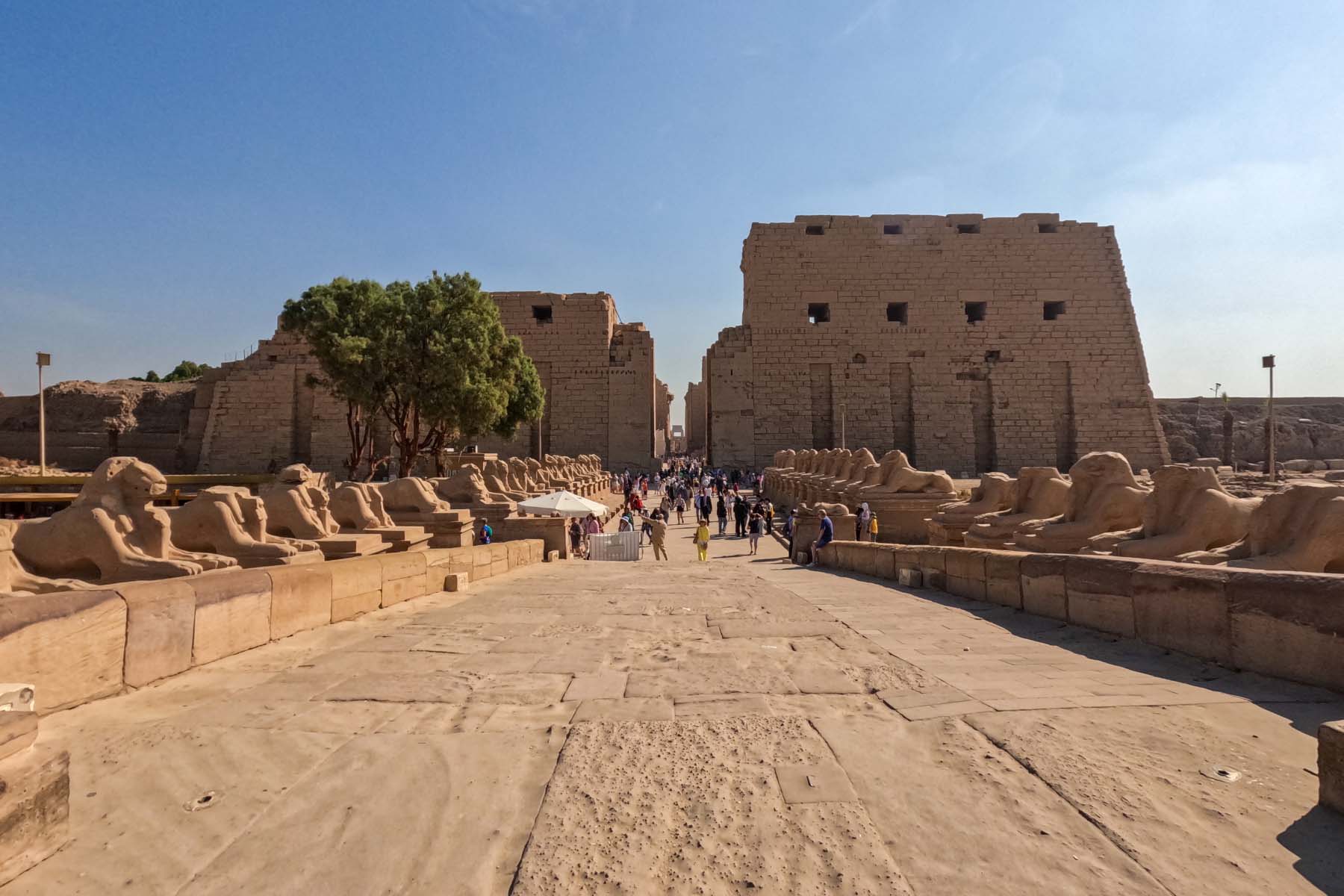
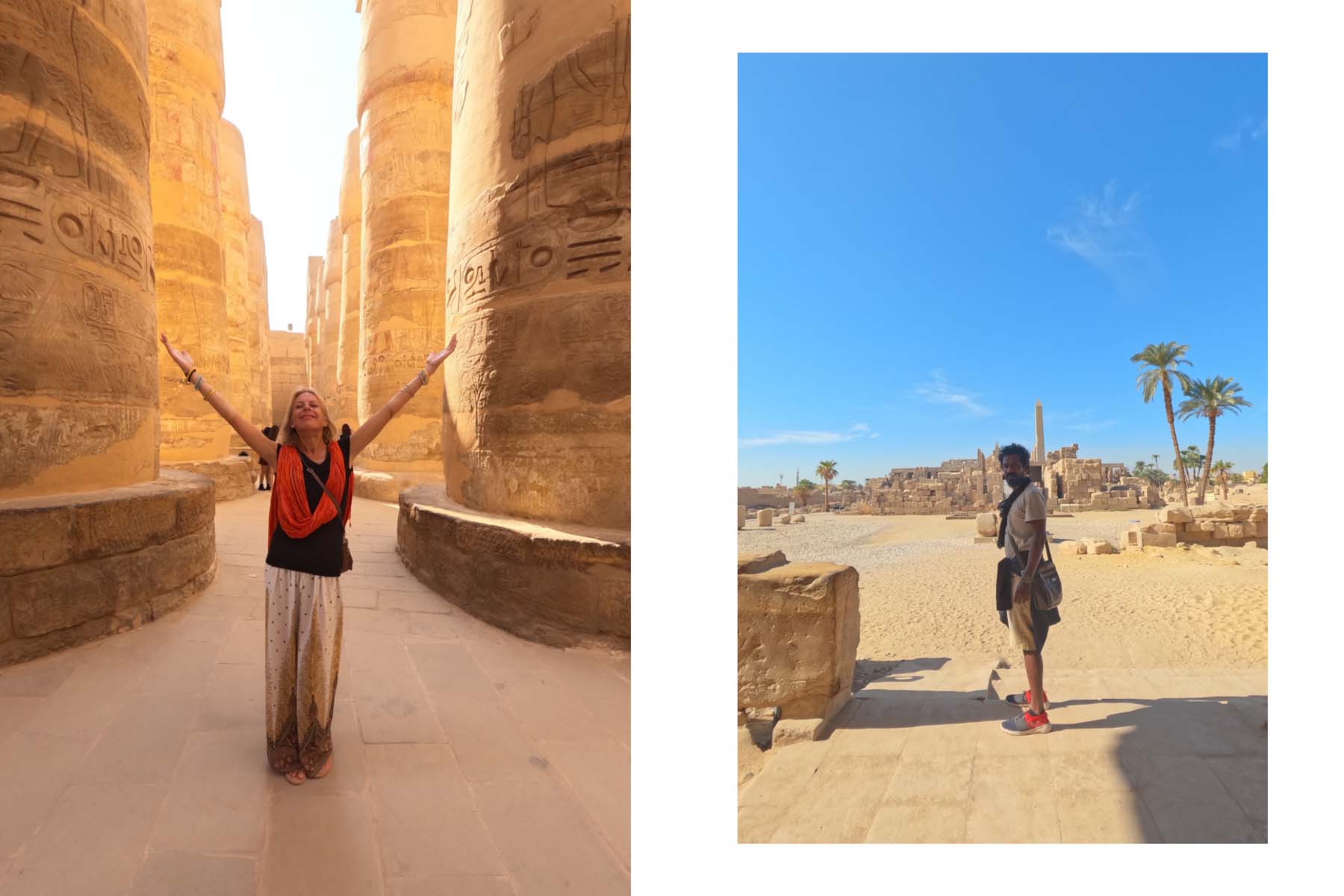
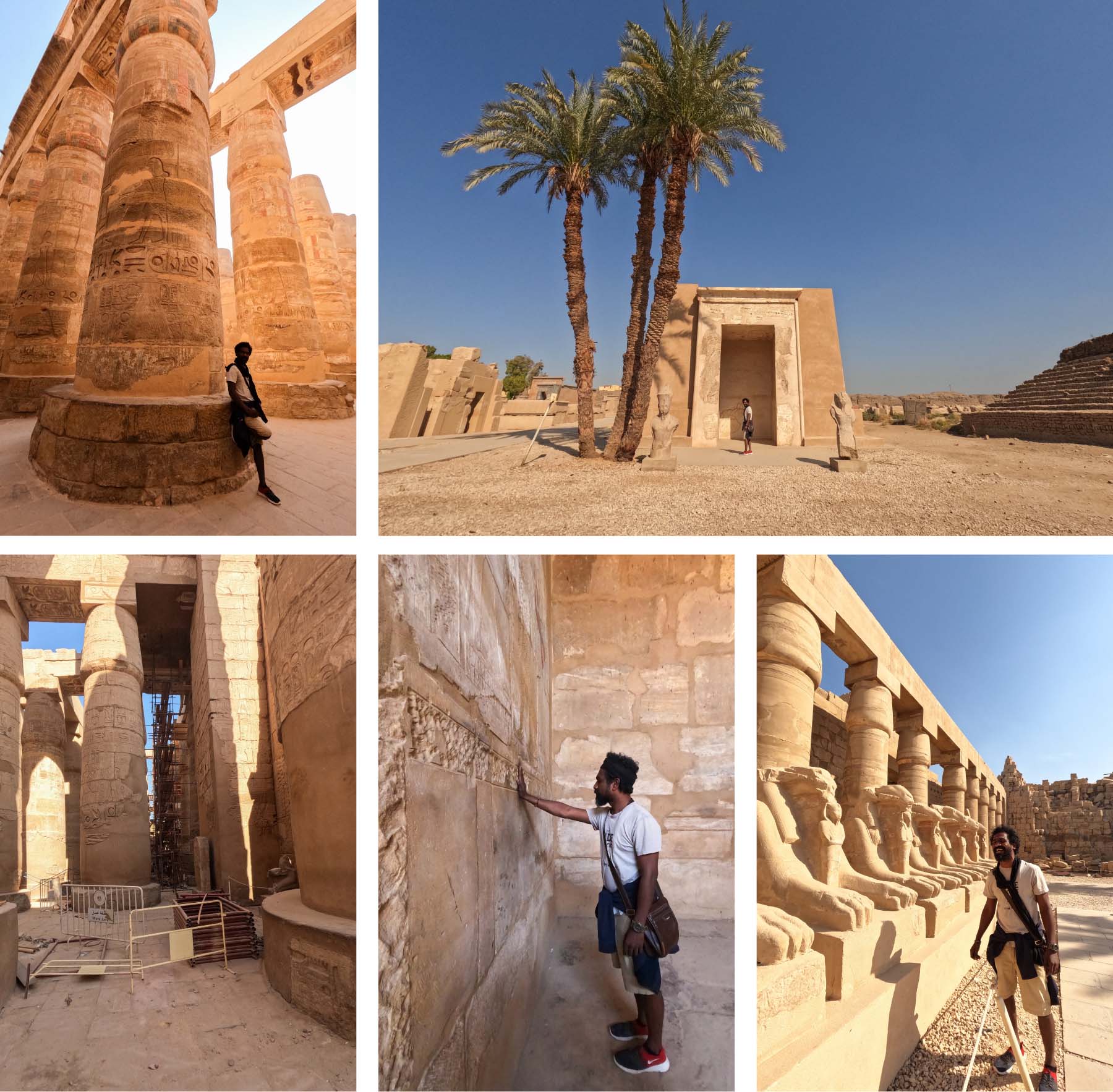
support us on you tube
hi are you on Pinterest? consider pinning our article so that you can find it easyly
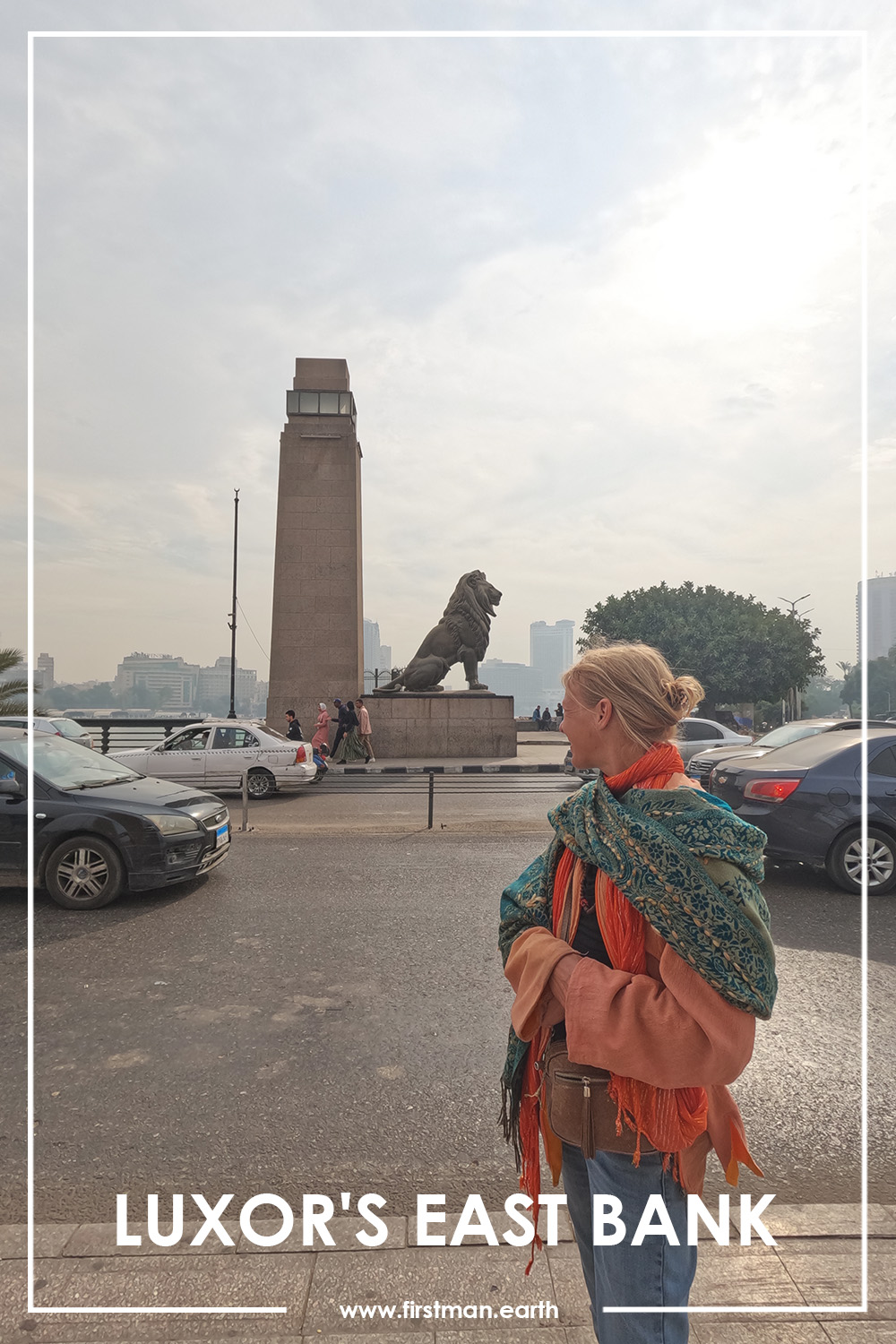
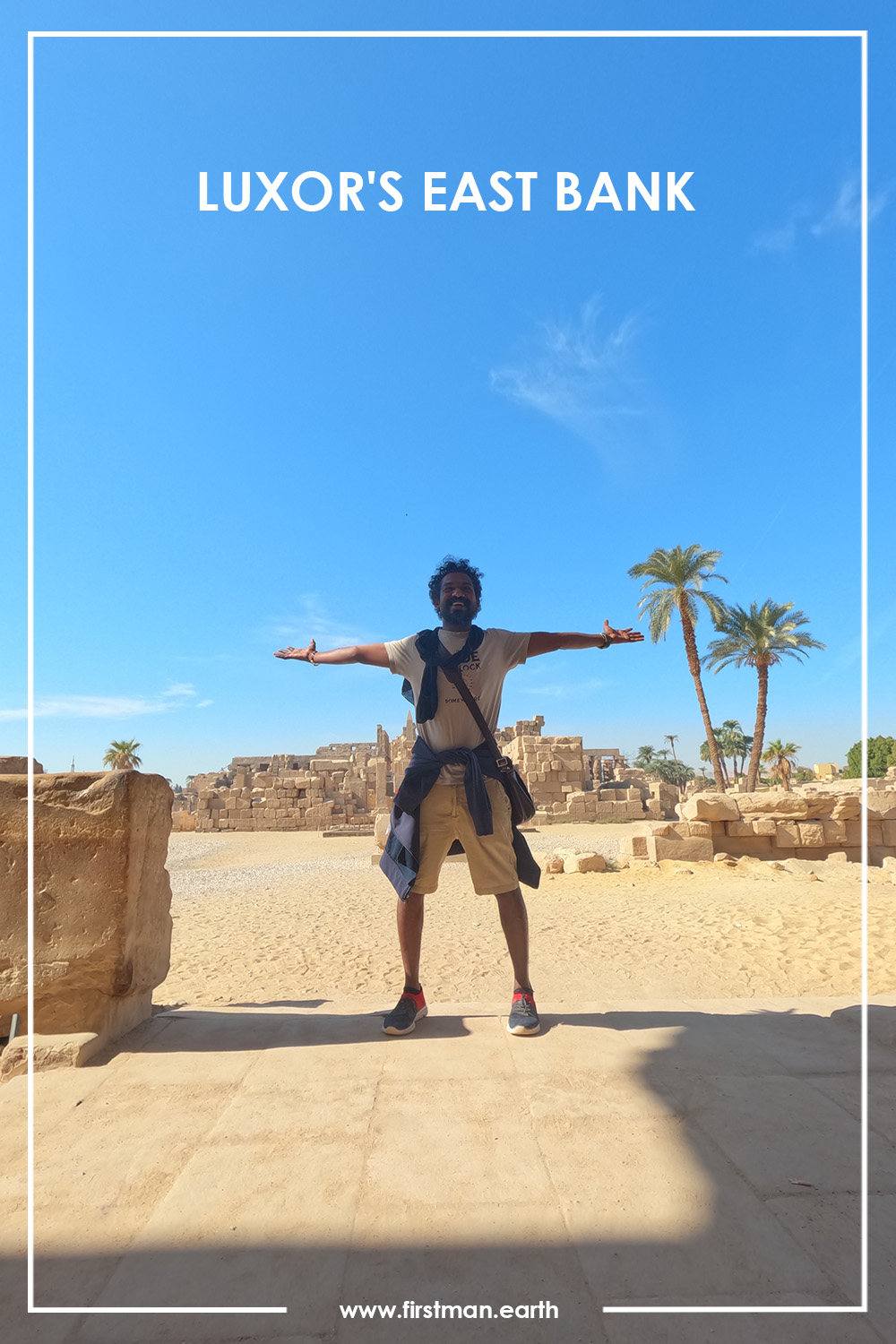
This is our travel through Egypt, a wonderful land to see the past
thank you
Rahul






